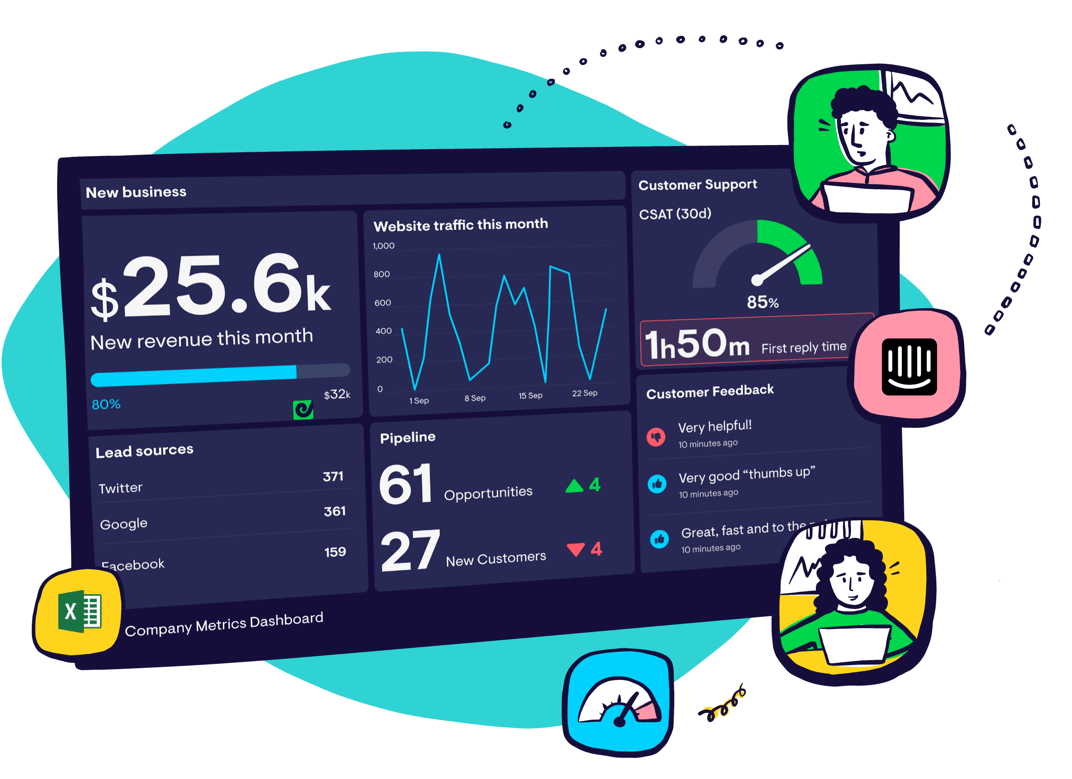Time to Purchase
What is Time to Purchase?
Time to Purchase shows you how long it took for visitors to your site to convert into customers. This can be measured in time as days to transaction or as number of sessions.
Some visitors may make a purchase on their first visit to your site while others may make a purchase on their second, third, fourth, or even later.
Why is it important to measure Time to Purchase?
Knowing your site’s average Time to Purchase can help you optimize your marketing campaigns.
For instance, if you sell high-value products that generally require lots of research and consideration before a customer decides to make a purchase, you could set up targeted email marketing campaigns that provide detailed information on your goods so that customers can make a well-informed decision.
But if you sell less expensive products and your customers tend to make more impulsive purchases, you could create marketing campaigns that focus on flash sales, discounts, and new products.
Knowing your customers’ average Time to Purchase is part of understanding your consumers’ behavior and personalizing your shopping experience to suit them.
How to calculate Time to Purchase
Calculating the Time to Purchase is best done by using ecommerce analytics tools like Google Analytics or similar to find out how many sessions it takes for a customer to make a purchase.
The average number of sessions to transaction just takes the average number of sessions before purchase for all the transactions in your chosen time period, and days to transaction does the same for time.
Using ecommerce analytics software, you’ll be able to drill down into specific consumer behavior when it comes to purchasing.
For instance, you could segment your data to identify trends and find out if certain customers are converting more quickly in a shorter number of sessions.
You can also filter the data to find out if you are improving over time and if there is some seasonal variation. Is the Time to Purchase during the holiday season shorter when people are in a rush to make purchases or is the Time to Purchase longer in the summer months when people are more relaxed?
Equally, you could use the data to segment your marketing efforts and find out which campaigns and online strategies are boosting your ROI and lowering the Time to Purchase.
Relevant ecommerce metrics and KPIs:
If you’re adding Time to Purchase to your ecommerce dashboard, you might want to also consider tracking these related ecommerce metrics for context.
